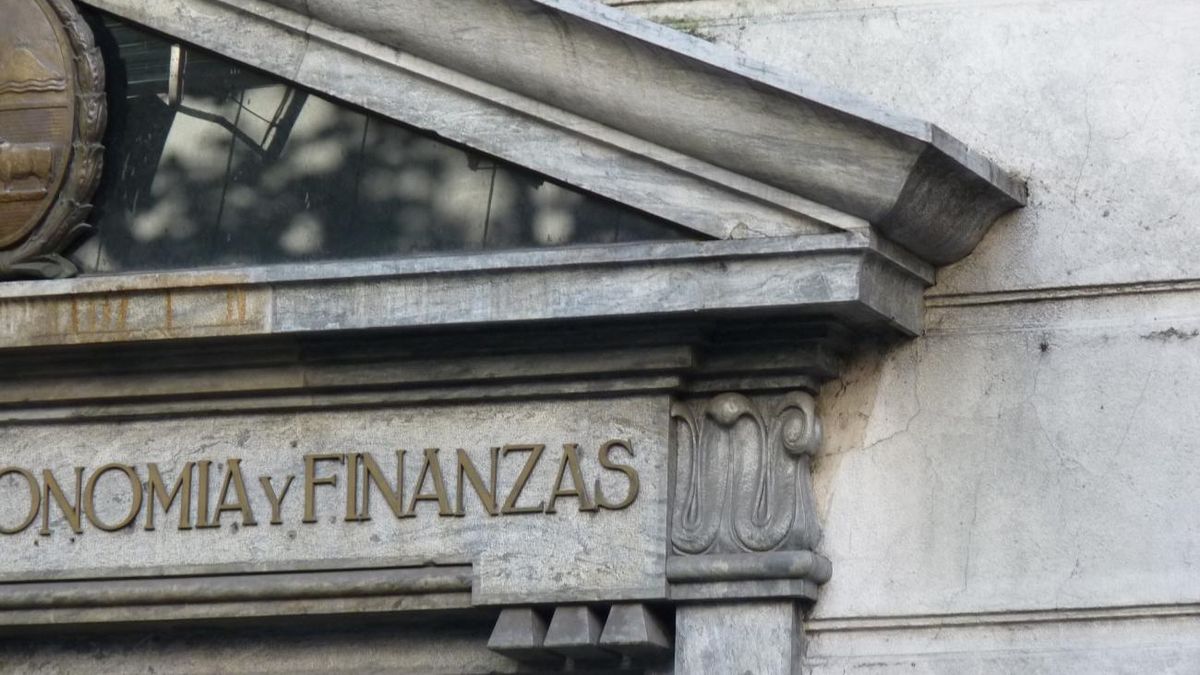As anticipated Ambit On Monday, the government through Ministry of Economy and Finance (MEF) had modified its annual report, known as 18-K, before the United States Securities and Exchange Commission (SEC)a preliminary step to a new placement in international markets.
The new UI bonus will be payable in dollars and takes into account the situation for a long-term placement, as several analysts had pointed out the day before. Until today, the May-term instrument in indexed units was 2040, while there was a 2045 bond but in dollars. Operations will be carried out through banks HSBC, Itau, Santander and BBVA.
In addition to the reopening of the 2033 bond, the MEF offered the repurchase of the global bond in UI 2027 and the global bond UI 2028. While in the local market, A repurchase operation of Treasury Notes and Monetary Regulation Bills (LRM) will be carried out in coordination with the services of the Central Bank of Uruguay (BCU).
The return of Uruguay to the international market occurs in a scenario of several positive variables in the country that would encourage a good response from investors such as the index Risk country at historic lows and the best credit rating in history. It is also key to improving accounts at a time of high public deficit.
A little over two months ago, Moody’s Ratings improved to Baa1 (equivalent to BBB+) the investment grade note of the country by highlighting the development of “structural reforms”, together with the continuous compliance with the frameworks of fiscal and monetary policy.
Added to this is the drop in rates in pesos in UI after the BCU’s decision to raise the Monetary Policy Rate (MPR); and the recent rise in the exchange rate which, in April, accumulated a recovery of 2.04%, driven both by a lower yield of placements in pesos and, also, by the dollar strength on an international level.
This is important since external investors, who observe the return in dollars, particularly consider what the expected evolution of the exchange rate is. Likewise, and in this sense, a positive impact of lower rates on the correction of the exchange delay It contributes to expanding the “window of opportunity” for a successful placement of global bonds in pesos or UI, precisely because of this improved performance in dollars in relation to the local currency.
The last time the MEF placed global bonds was last November 6, when the Bond Indexed to Climate Change Indicators (BICC) maturing in 2034 for 700 million dollars and a coupon of 5.75%. He BIICC 2034 It yielded 5.6%, slightly below the value of the last business day prior to the placement, which was 5.7%. The high demand received (3.9 times greater than what was awarded) allowed “the spread to be compressed.”
Source: Ambito




